My bar is full. My wallet is empty. I didn’t enter the liquor store looking to buy a new bottle. In fact, I specifically told myself I wouldn’t. But here I am, a dirty goddamn liar.
About the Bottle:
Barrell Vantage is a new release to Barrell’s core cask finished range, joining the likes of Seagrass, Armida, and Dovetail at around $80. Just like the other three, Barrel Vantage is finished in three different types of barrels. Unlike the other three, those barrels are not refill casks from different spirits. Instead, the barrels are three different types of oak: Toasted American, French, and most interestingly, Mizunara.
Toasted American oak is nothing new–same as all bourbon barrels except they’re browned instead of blackened.
French oak is similar to American oak, except more delicate and xenophobic.
But the Mizunara is what got me to spread it (my wallet). On average it takes two full grown Mizunara trees to make a single Mizunara barrel. And while that fact is entirely made up, the sentiment behind it is not–Mizunara oak is extremely expensive, in part because the tree grows all crooked so it takes a lot more tree to make a single cask. On top of that, (1) the tree needs to be at least 200 years old before harvesting, compared to about 80 for American oak, (2) the wood is much more porous so the barrels are prone to leaking, and (3) the wood is difficult to work with because of how wet it is (Mizunara translates to “water oak”).
Basically, if these barrels were a person they’d be an incontenant Quazimodo. So why go through the trouble? Because much like Quazimodo, they have a nice character arc: until World War II, Mizunara was looked down upon, scoffed at, and relegated to the shameful fate of luxury furniture. Even in Japan, European and American oak were the kings of whiskey until the war cut that supply off. Through necessity, a hero was born: our soggy friend Mizunara.
Sometime in the last hundred years of using these casks the Japanese made at least one of two discoveries: (a) they were wrong about those barrels being trash, or (b) they can market the shit out of those barrels. And thus, the $6,000 barrel was born.
In terms of flavor profile, apparently Mizunara imparts more vanilla and sandalwood flavors. Maybe that’s true, maybe it’s just Big Mizunara trying to jack up demand for their barrels. Let’s find out.
Nose:
Familiar bourbon smells, but there’s something subtly different. It’s almost like a freshness. I generally try to avoid rattling off obscure tasting notes and making abstract associations unless they’re really obvious. Here though, I’m making an exception: I kind of smell cucumber.
It’s not obvious, and I don’t get it every time I take a whiff, but I’m 80% sure it’s there.
Taste
Again, classic bourbon tastes with a subtle uniqueness to it. It’s that same fresh / cucumbery note I was getting on the nose, but again, it’s subtle. More of an aftertaste than anything else.
Finish:
Medium, not quite bitter but borders on it.
Bottom line:
8/10. Barrell Vantage is great. It’s complex, tasty and unique, but not smack-you-over-the-head unique like Seagrass or Armida.
But did the Mizunara do anything? There is definitely something unique about the taste here. I’ve never gotten that fresh cucumbery note from any other bourbon, so I doubt it came from the American oak. I’d also rather not credit the French oak because a French waiter was very rude to me once and I still haven’t let that go. So as far as I’m concerned, the credit goes to the Japanese. Arigato!
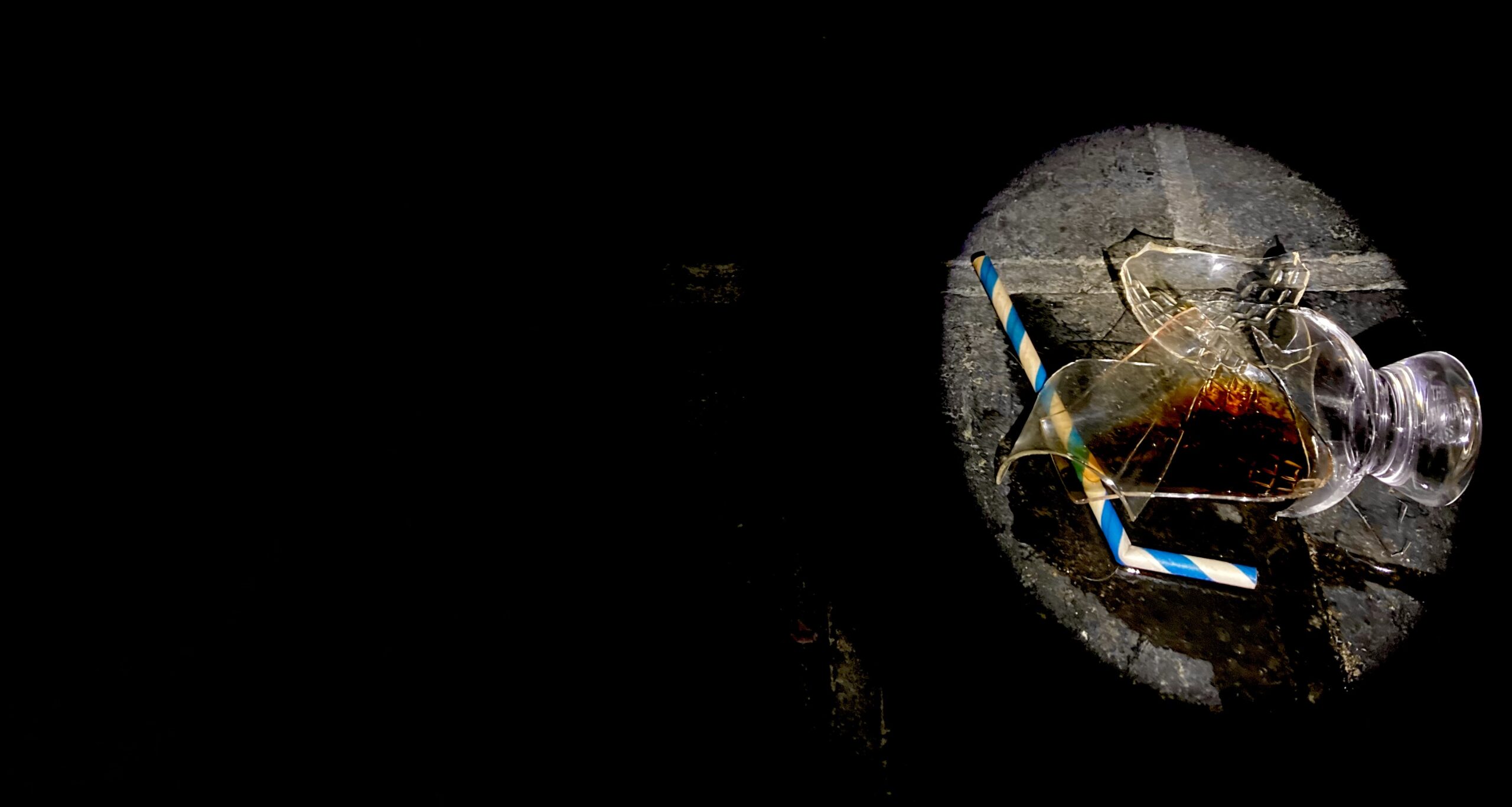
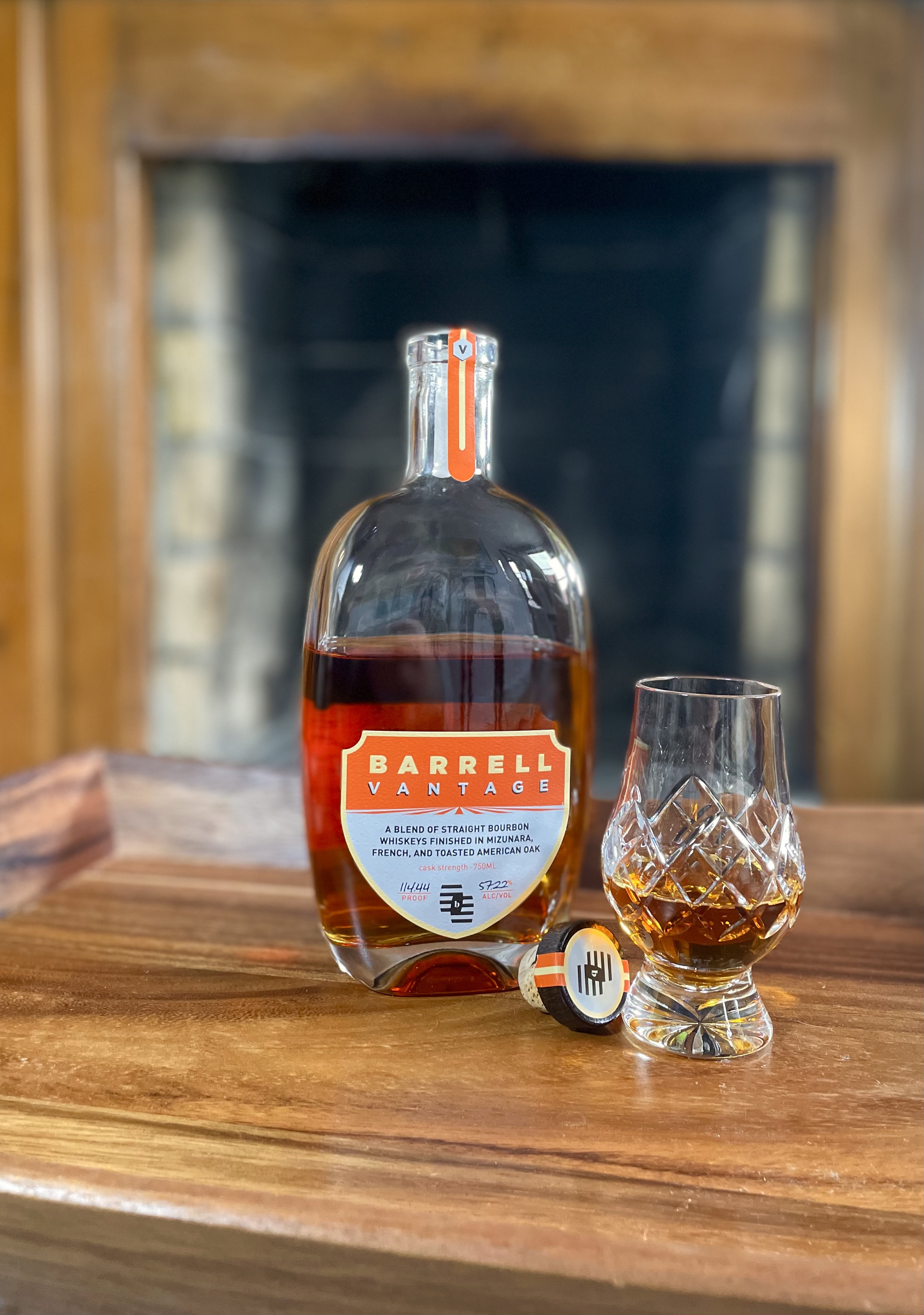

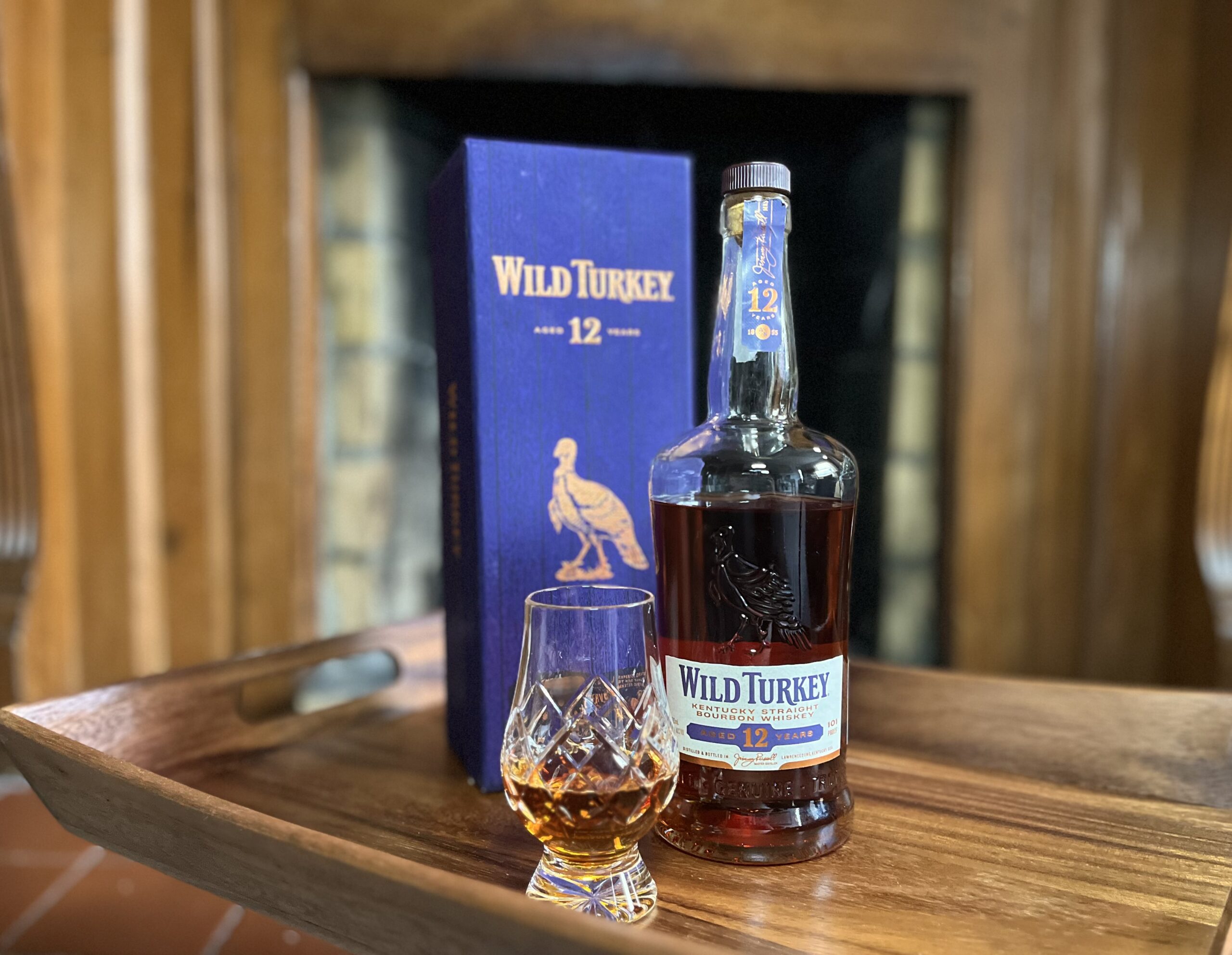
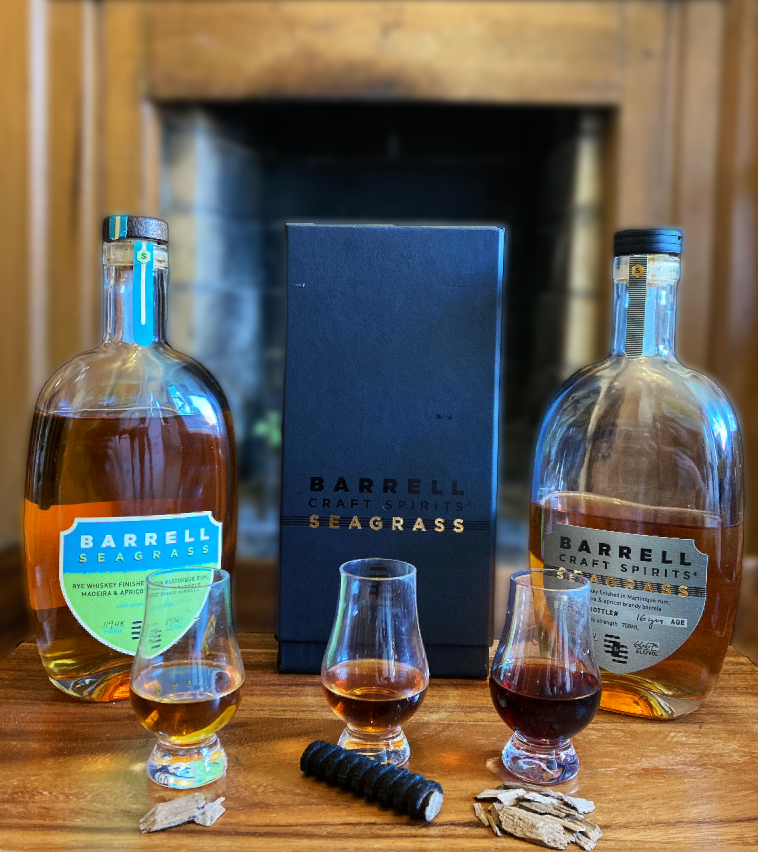
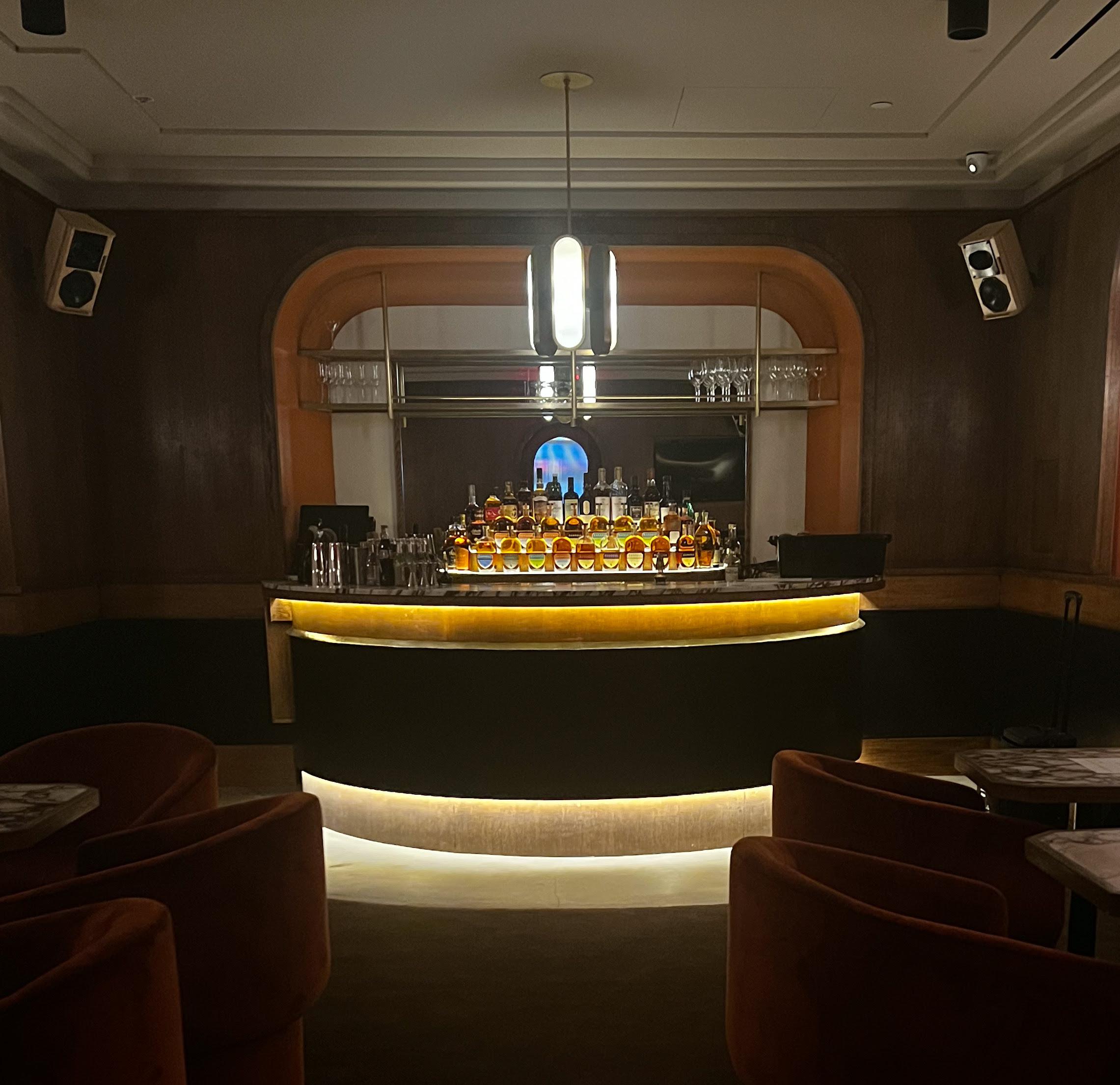
Leave a Reply